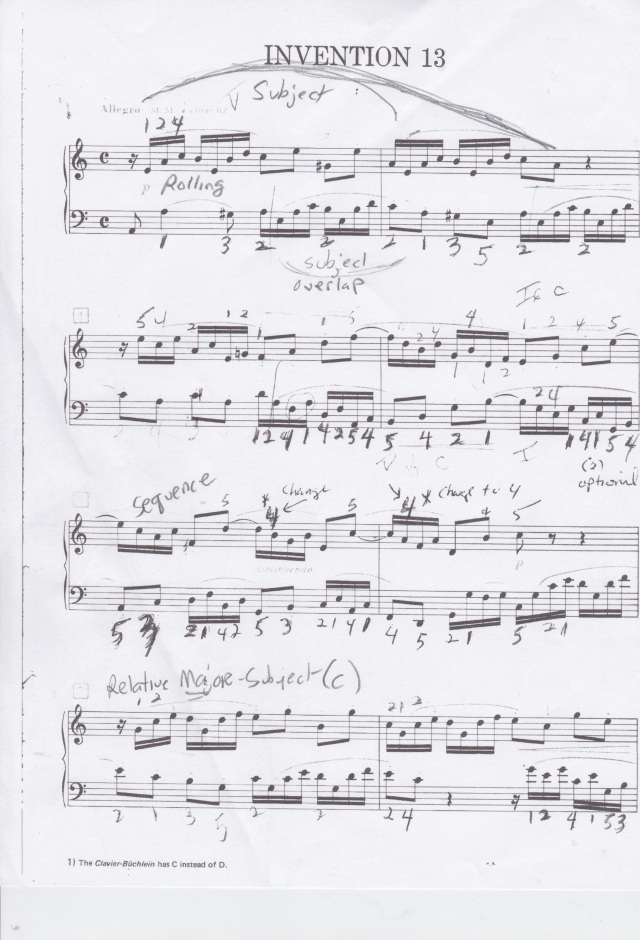Compositions that are laden with myriads fast paced notes often pose a problem for students whose immediate response is to efficiently “type” them out. Implementing such a mechanical approach, often excludes an awareness of a melodic strand that will need to undergo shaping and contouring.
One particular piece comes to mind that offers an opportunity to explore the complex task of phrasing a nexus of notes in brisk tempo.
Burgmuller’s The Clear Stream with its relentlessly beautiful triplet figures (in Allegro Vivace) will sound very “notey” if it’s played giving equal emphasis to every 8th. Applying such an unmusical approach, will transform a “limpid” trickle into turbulent waves pounding against the shore.

This is why using a sensitive blocking technique (for each set of three notes in broken chord formation) can divert students from early superficial mechanics, affording instead a primary understanding of a melodic thread that resonates through clusters.
Yet it’s not enough to “block” out chords without an internal image of how these “chunks” move musically in sequence. Dominant chords might need a dip in dynamics at resolution. Or there may be an ascent of chords that requires intensification through a crescendo or by its opposite, diminuendo, in a descent.
Because dynamics are intertwined with a comprehension of harmonic rhythm, the journey becomes intrinsically allied to phrase shaping. Still, beautiful phrasing of triplet figures requires a supple or flexible wrist approach which is another important phase of piano learning. The singing tone which becomes the focal ingredient of a threaded melody in The Clear Stream, necessitates not only an internal or imagined image of what the player wants to hear before the very initiation of sound, but a commitment to a “wavy” thread of notes with a moto perpetuo character integrating nuance, shape, and structural awareness. To play with artistry also requires the use of “rotation” in the flow of legato triplet figures.
Where the the second part or B section introduces a counter-melody, the student must be guided to understand devices of inversion and counterpoint and how to make decisions about two threads of melodic and sub-melodic interest that simultaneously exist.
Finally, my original tutorial set out ways to counter the “typed-out” approach to The Clear Stream and replaced it with a more thoughtful exploration that included ingredients noted in this discussion.
The play through:
Instruction
***
To add to melodic thread discoveries and their treatment, I added a recent video of a lesson in progress on Bach’s Invention 13 in A minor. In this particular instruction, rhythm practice and BLOCKING techniques helped the student better phrase and shape reams of broken chord figures, while it nudged her in directions of recognizing contrapuntal/imitative interactions between voices.
Page One:

from Arioso7's Blog (Shirley Kirsten)
https://arioso7.wordpress.com/2015/12/11/finding-a-melodic-thread-in-a-sea-of-fast-notes/
No comments:
Post a Comment